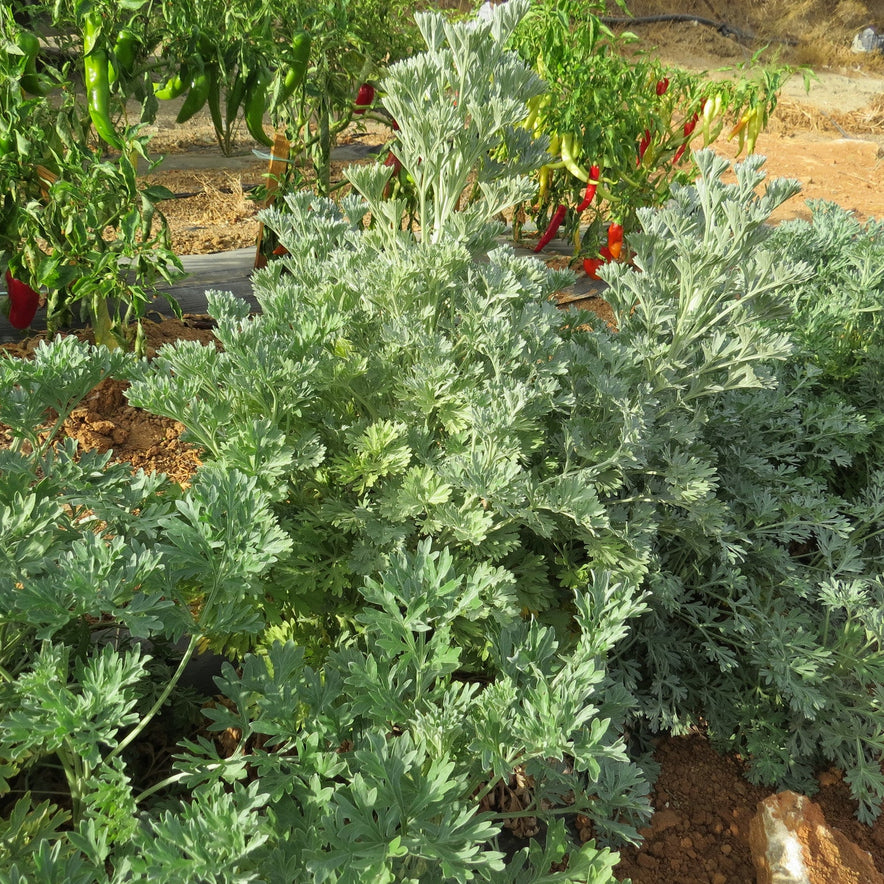

Wormwood | Our Biodynamic Cultivation (Artemisia Absinthium)
Cultivated in the area of Kouses in Botano’s biodynamic garden, Artemisia absinthium L. (wormwood) is one of the biggest and most extensively spread species in the genus Artemisia. While it is native to Europe, it thrives in a variety of countries, such as Asia, Africa, South America, and the United States.
The term Artemisia is most likely derived from the Greek goddess Artemis, and absinthium is derived from the ancient Greek (or taken from the old Persian language) word ἀψívθιoν (absinthion). Common names for wormwood include green ginger, Madder wort, and wormwood sage.
It has white or greenish-silver stems and yellow-green leaves. It is known for its distinctive aroma and bitter flavor. For hundreds of years, all parts of the plant have been utilized in traditional medical procedures. It initially gained popularity as an ingredient in absinthe, a French alcoholic beverage, and vermouth.
Artemisia species are used for their antioxidant, antibacterial, and anti-inflammatory effects all over the world. Wormwood's most notable plant compound is thujone, which has some benefits but can be toxic in excess.
Nonetheless, wormwood may provide several benefits when used in moderation. These include combating inflammation, parasite infections, oxidative stress, and offering pain relief.
CAUTION
🡆 You should avoid wormwood if you’re pregnant, breastfeeding, or taking certain medications. Additionally, people with epilepsy and kidney problems shouldn’t take it.
Recommended Dosage
◉ 1-3 teaspoons of loose tea (or 3g up to 3 times) daily. If more than one herbal mixture is consumed at the same period of time, reduce the amount of tea accordingly.
◉ When herbs are used for an extended period of time, it is suggested to consume a herbal remedy with a ratio of 3 to 1. For example:
- If you choose to take it for 3 weeks, have a one-week pause.
- If it is taken for a 30-day period, have a 10-day pause.
That does not apply to herbs and fruits that have a laxative effect.
Notes
◉ Should be stored in airtight glass containers -in a cool, dark, and dry place- to preserve the flavor, texture, and properties.
◉ Before adding a new herbal remedy or supplement to your daily routine, you should consult with a medical doctor or holistic health practitioner.
Herbal Tea Brewing Instructions
- Heat the water to just the point when it starts to boil.
- Add 1 teaspoon of loose tea, to a tea infuser or tea bag, for every 180ml - 240ml of water.
- Pour the heated water (right off the boil) over the tea, cover your cup, and steep for 7-10 minutes or longer.
- Add honey or stevia for sweetness, if desired.
Follow these additional steps to make the perfect cup of tea!
